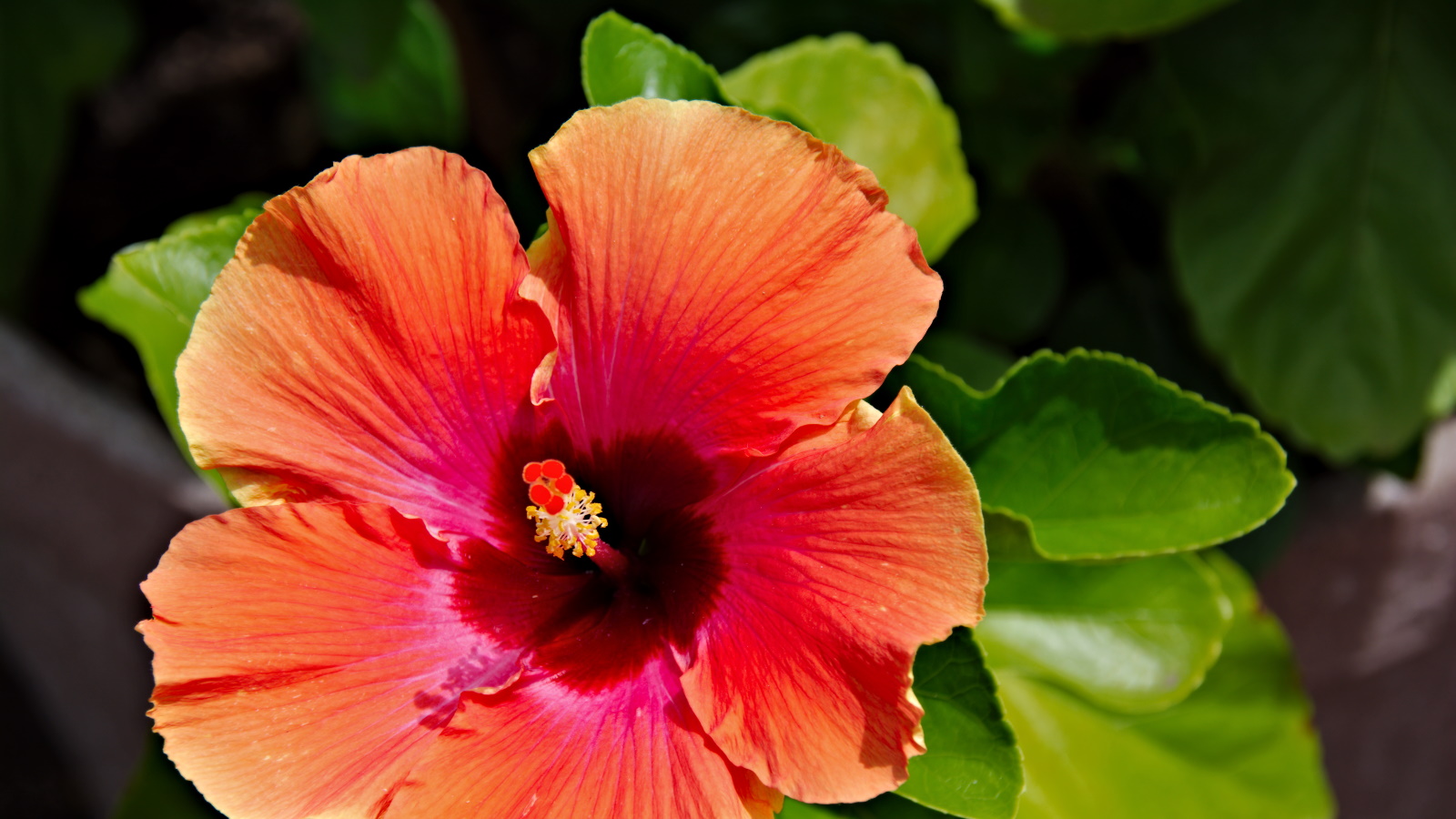
With colorful, tropical-looking flowers, hibiscus shrubs have long been a favorite plant of mine. While a single bloom will only last for one day, hibiscus shrubs produce hundreds if not thousands of flowers each year. This floral display helps to explain their reputation as one of the best flowering shrubs.
If you already know how to grow hibiscus but would like to increase your shrub collection, then propagation is a good idea. Fortunately for us gardeners, all hibiscus shrubs - be they tropical species or hardy varieties - can be propagated by taking softwood cuttings from fresh, new growth.
So, whether you have a swamp-rose mallow, Hibiscus moscheutos, and want another shrub for elsewhere in the yard, or perhaps you have a brightly colored tropical hibiscus, Hibiscus rosa-sinensis, that you want to share with a neighbor, taking cuttings is a fun and free way to make more plants. Here, professional gardeners discuss how to propagate hibiscus and reveal tips to help you produce healthy new plants.
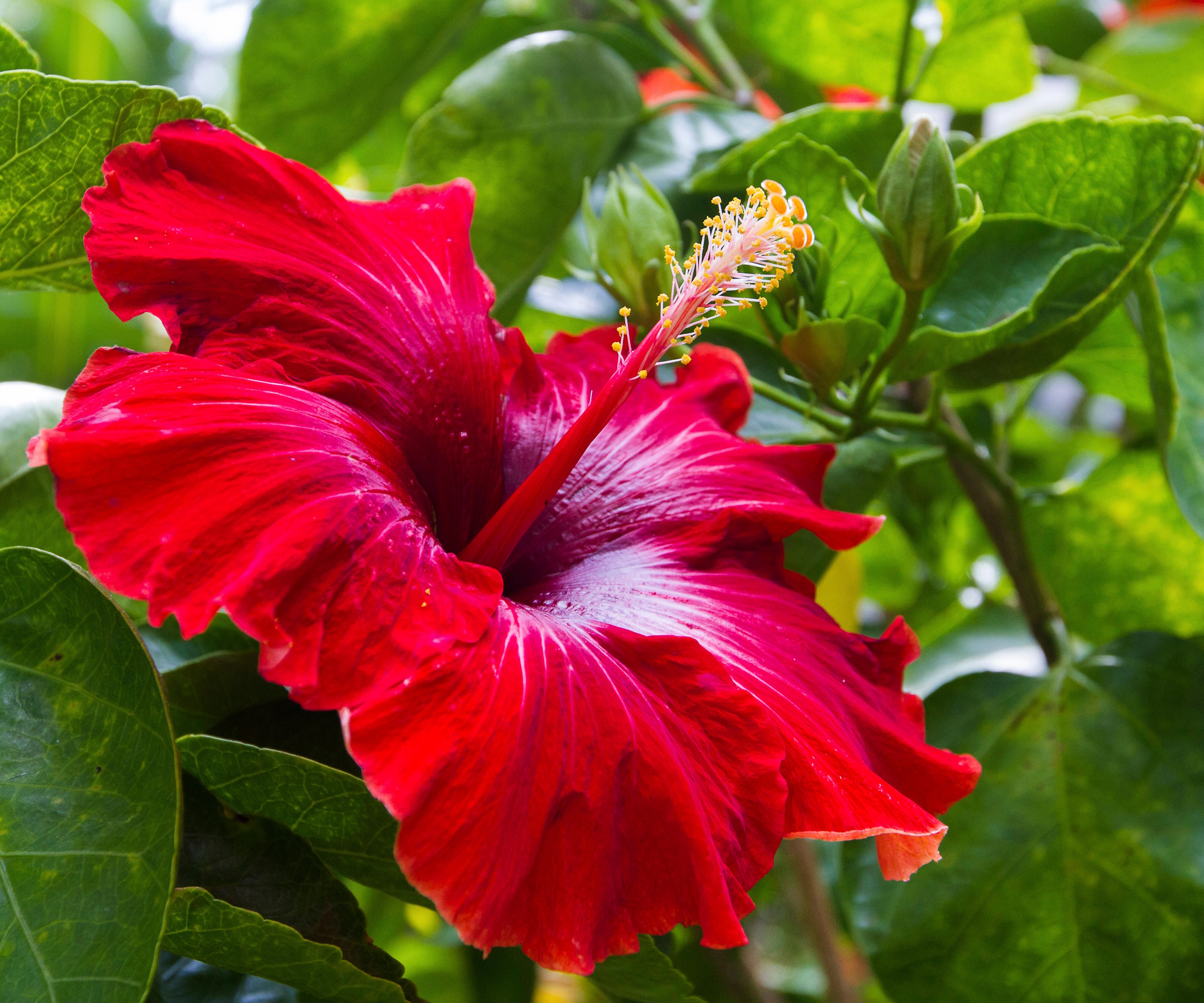
How to propagate hibiscus plants
Hibiscus shrubs come in a range of different shapes, sizes and hardiness ratings. Regardless of the hibiscus species or varieties you grow, softwood cuttings are a fun and cost-effective way to make more plants. Softwood cuttings are best taken in spring or early summer when plants are producing plenty of lush, green growth.
If you do not yet have a hibiscus shrub growing in your yard, hibiscus starter plants are available to buy online from Walmart.
Cuttings for hardy and tropical hibiscus
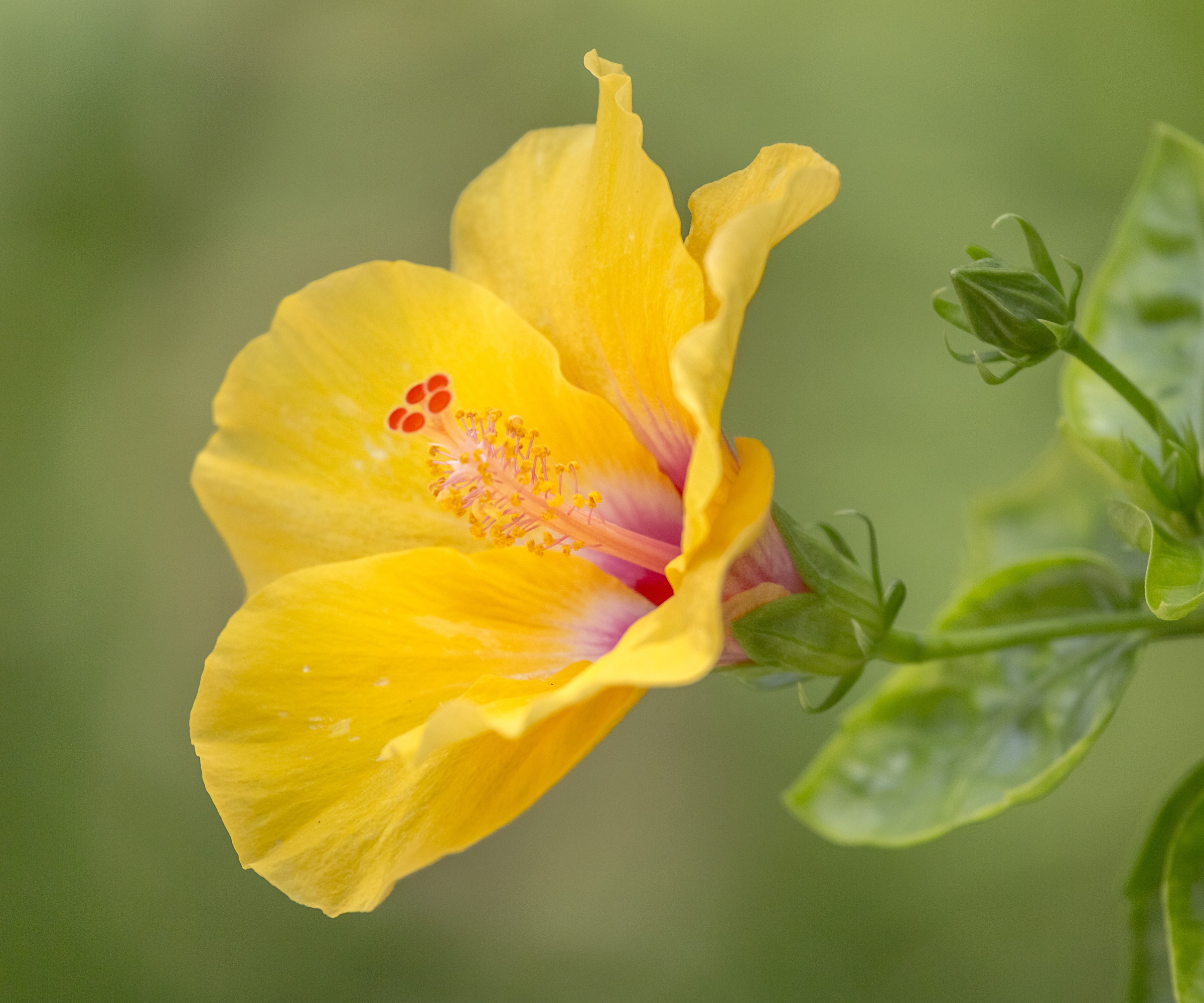
There are 2 sub-categories of hibiscus, both recognizable for their large blooms with often contrasting but colorful anthers and petals.
'Hardy hibiscus species are cold-tolerant shrubs, able to withstand frost and snow in the winter months,' says Tatiana Anderson, plant expert and co-founder of Top Tropicals.
These types of hibiscus can generally be grown in US hardiness zone 4 and up. 'Many native hibiscus species, including swamp-rose mallow, Hibiscus moscheutos, can be grown in both cooler and warmer zones, growing happily across much of Florida,' Tatiana adds.
'Tropical hibiscus species are tender plants, best grown in warmer, southern regions, typically performing well in US hardiness zone 9 plus.' While they can be grown in cooler zones, they would need to be protected during winter.
Luckily for us, both hardy and tropical hibiscus plants can be propagated by taking cuttings, and so regardless of what hibiscus species is growing in your borders or containers, learning how to take cuttings is a good option if you want to make new plants.
When to take hibiscus cuttings
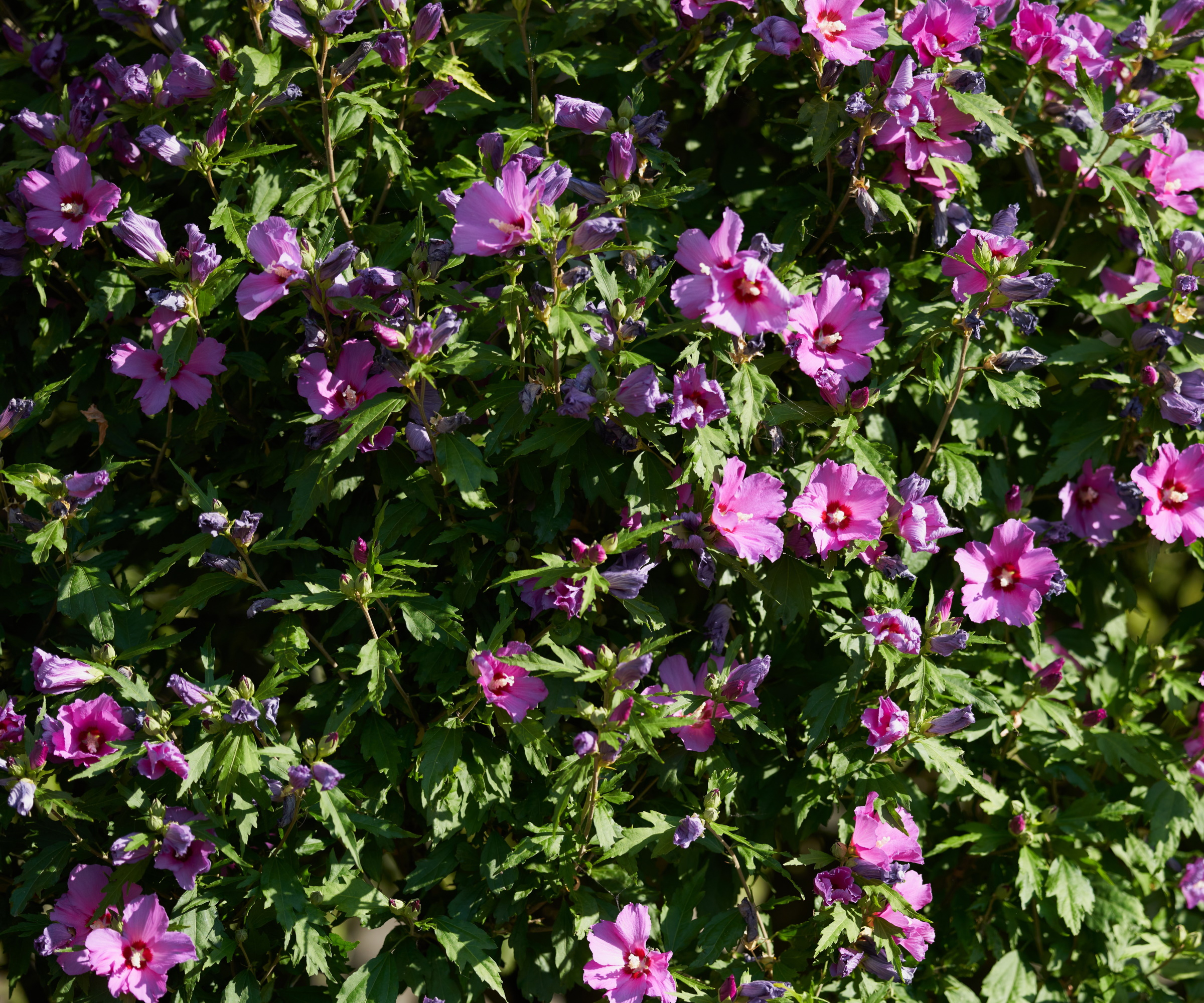
Softwood cuttings are cuttings that are made using new, fresh growth. For this reason, these cuttings are best taken from mid-spring to early summer, typically around May, June, or July, when the shrub is producing new stems, foliage and flowers.
Select a mild, dry day to take your cuttings, identifying several stems of new hibiscus growth that are healthy, green and vigorous.
How to take hibiscus cuttings
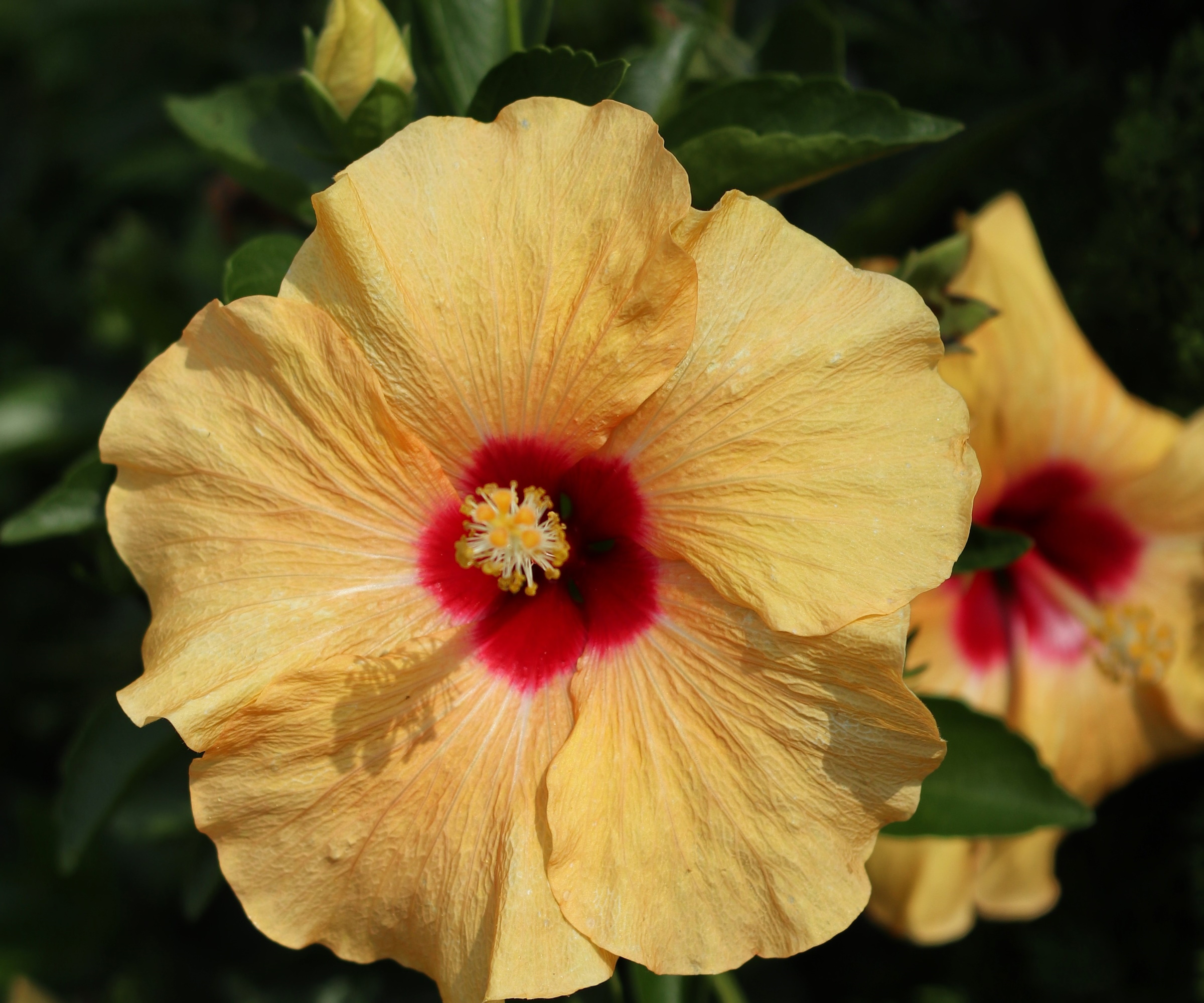
- Before you begin, fill a small plastic or terracotta pot - no more than 4 inches in diameter - with fresh potting soil mixed with grit or perlite. Water your pot, watching to check the water can freely drain. Put this pot to one side.
- Using clean, sharp pruning snips, available from Walmart, select 4 or more stems to cut. These stems should be taken from new growth that is lush and green. Ideally, these stems will be 6 to 10 inches in length. Cut just below a leaf node.
- When you are happy with your cuttings, remove most of the foliage on each stem, leaving just 1 or 2 small leaves at the top.
- Before placing your cuttings into the prepared pot, you can dip the bottom 1-inch of each cutting in rooting hormone powder, available from Amazon. While this is not always necessary, it can help to speed the process up.
- Using a blunt, thin tool, create small holes for your cuttings in the soil. Depending on the size of your cutting, ensure that half of the stem is above the soil. I would suggest planting 4 to 6 cuttings in any one pot, ensuring that the leaves do not touch.
- Place a sandwich bag over the pot. This will help to seal in warmth and moisture. Place the pot in a partially shaded position.
- In 8 weeks, roots will begin to shoot. You can then replant each hibiscus cutting in a new pot with fresh soil for the plant to grow on.
Shop propagation accessories
The Espoma organic soil is just what you need for your seeds and cuttings. This mix is formulated for root growth and moisture retention, helping your plants to thrive.
These Felco pruning shears will make easy work of any garden work. They can be used for any perennial or annual trimming, and any smaller tree or shrub branches.
Ferti-lome seed and cutting soil mix is perfect for growing new and young plants. This mixture is ready to use, with balanced moisture retention and aeration.
FAQs
Can I take cuttings from a tropical hibiscus plant growing indoors?
Yes, you can take cuttings of tropical hibiscus plants, whether they are grown indoors or outdoors. In my experience, tropical hibiscus plants are slightly more tricky with a lower rate of success than hardy species. Following the process above, take softwood cuttings of your tropical plant in the spring or early summer.
Taking cuttings is a fun and free way to grow your plant collection, and if you are feeling generous, consider giving some of your new plants to family, friends, or neighbors.
For more hibiscus growing information, see our guide on how to deadhead hibiscus flowers, to keep your shrubs looking their best this year, or read up on hibiscus pests to help you identify and successfully combat plant problems.







